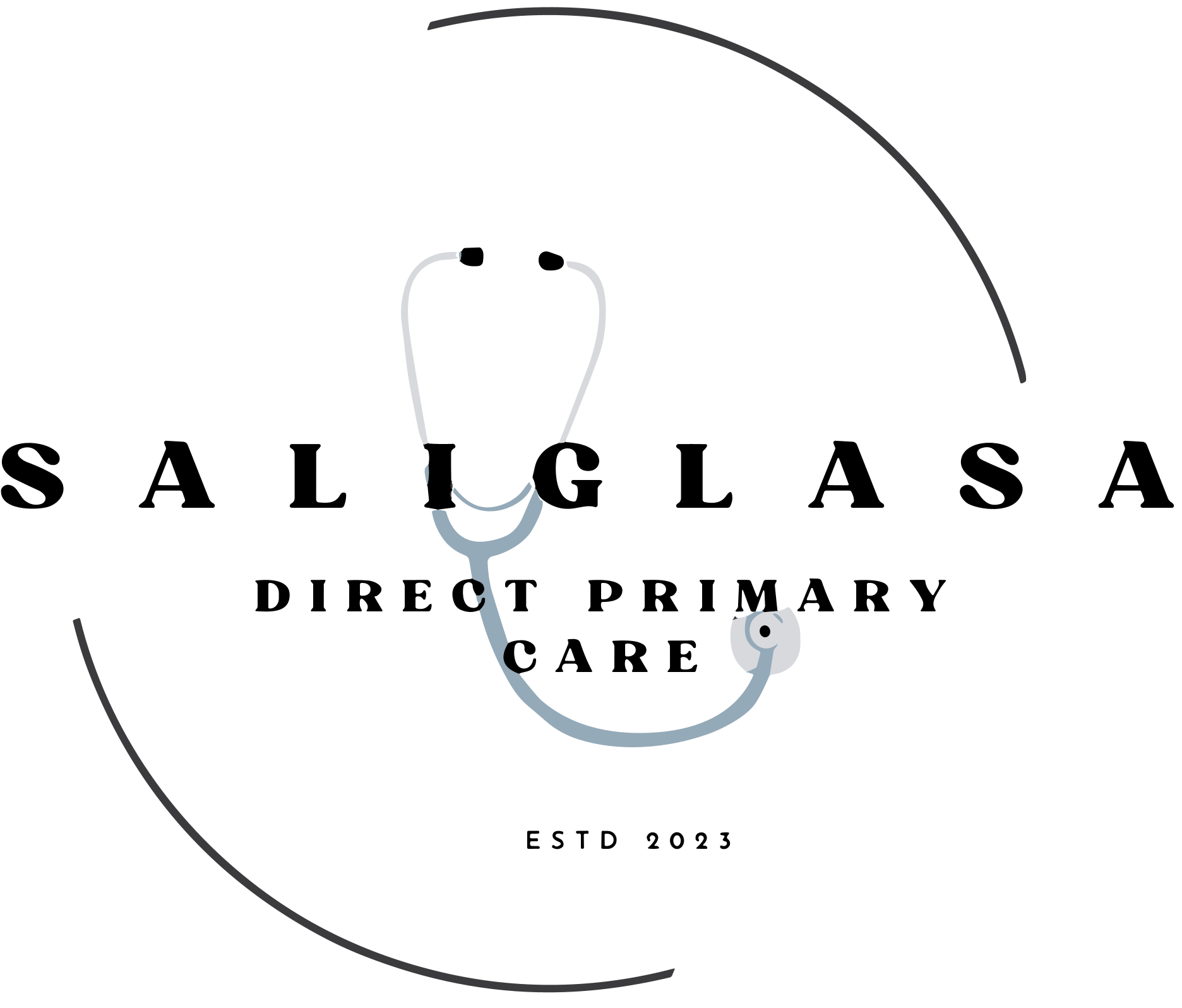Prmum non nocere- a Latin phrase meaning “first do no harm” is a precept that is taught in medical school and is believed to have originated from the “Father of Medicine” Hippocrates. He is recorded as having said “The physician must … have two special objects in view with regard to disease, namely, to do good or to do no harm”. Of course, no physician would knowing do harm to their patients, but this warning came to remind us that sometimes in the line of doing good we could do harm.
Fast-forward to our modern times today, the recognition of inadvertent harm associated with healthcare has its own field of study-the science of patient safety and quality. A 2016 study from Makary and colleagues claimed that healthcare associated errors was killing about 250,000 Americans every year and was the third leading cause of death in the United States. This estimate more than doubled the Institute of Medicine’s (now the National Academy of Medicine’s) estimate of 98,000 from its landmark study in 1999 famously titled To Err is Human.
Healthcare associated errors come from a variety of sources including diagnostic errors, hospital associated complications (including, infections, falls, deep venous thromboses etc) medication errors, surgical errors and needs for readmissions etc. According to the FDA, over 100,000 medication errors alone are recorded each year. It is important to note that healthcare associated errors and harms are frequently under-reported. According to a Harvard study from 2003, only 30% of errors are reported by physicians. Hence, the magnitude of the problem is pervasive, and the exact number is unknown. There is however something we know for sure.
Time and time again, communication breakdown comes as one of the main reasons why medical errors occur. Under the conventional health care delivery model, the short visit between the overworked, and fatigued health care provider with the unengaged patient is the perfect recipe for medical errors of any kind. Quality improvement crusades throughout the US train and exhort systems to fill out the checkboxes to help improve communication and engagement with patients, but no one seems to advocate for health care providers to have more time with patients to accomplish these critical tasks. So far, most systems have prioritized service volume over patient safety.
When we give healthcare providers adequate time to care for their patients, including time to engage patients in their own health care, we keep patients safer.
This is value-based care.
